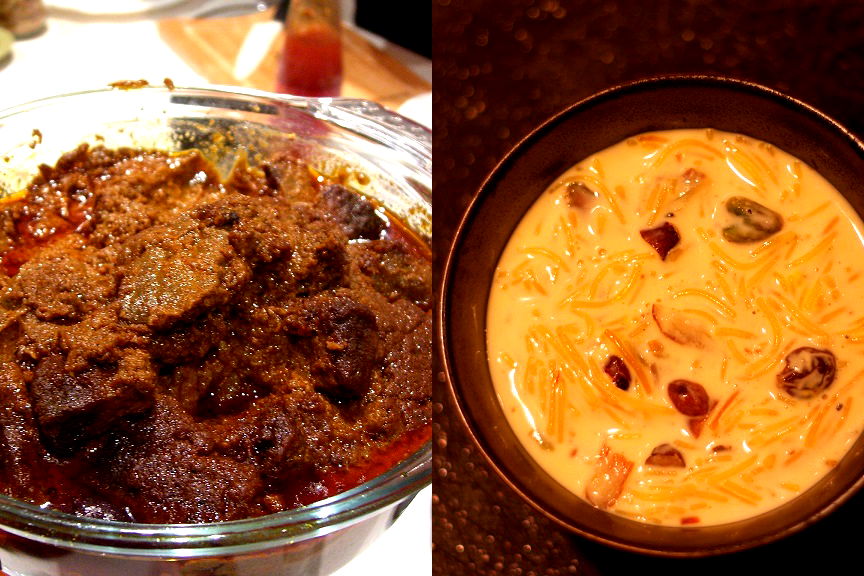10 festivals guaranteed to make your Asia trip more memorable



By Bryan Ke
While some people travel to relax and unwind, others do it to experience different cultures and traditions, for which there is no better place to go than Asia.
When people say Asia is the most diverse continent on the planet, they really mean it. It’s the largest continent on Earth, making up 30% of the planet’s landmass and containing 60% of the world’s population.
With all that being said, festivals in Asia are some of the most unique and diverse on the planet, celebrating customs, traditions and religious practices that vary from one country to another.
Even though most countries have already eased their travel restrictions amid the COVID-19 pandemic, it is still wise to look up the country you are visiting for any rules or guidelines you must follow when traveling there.
If you and your friends are planning to travel to Asia, here are 10 festivals you’ll want to consider adding to your itinerary.
Lotus Lantern Festival in Seoul (Yeondeunghoe)
Lotus Lantern Festival, or Yeondeunghoe in Korean, is celebrated with bright, colorful lanterns in different shapes and forms, such as that of a person or an animal. This festival, which will be held in Seoul and many other places in South Korea in mid-May, is a celebration of the Buddha’s birthday.
UNESCO added this South Korean festival to the Representative List of the Intangible Cultural Heritage of Humanity in 2020.
Mikuni Festival
Mikuni Festival — also called Mikuni Matsuri — is held in the town of Mikuni in the Sakai district of Fukui prefecture, Japan, every year in late May.
The festival’s highlight takes place a few days into the festivity when neighborhoods in the town create their versions of six-and-a-half-meter-tall floats of figures from Japanese history or legend for the parade that are accompanied by music.
Singapore International Festival of Arts (SIFA)
Singapore’s annual International Festival of Arts (SIFA), which kicks off sometime in late May and runs up until early June, typically features several works of artists from different mediums, such as theater, music, dance, film and visual arts.
Cheung Chau Bun Festival
Celebrated in late May on the island of Cheung Chau in Hong Kong, this Taoist festival always turns up the notch on the festivities during the second to the last day.
People hold parades with children on floats called “Piu Sik” and compete in the famous Bun Tower Climbing competition, in which participants climb a tower of buns and try to grab as many of them as possible.
Dragon Boat Festival (China)
While the Dragon Boat Races are regarded as the most popular highlight of the Dragon Boat Festival in China, people in the country also celebrate the festival by hanging Chinese mugwort and calamus on doors to bring good luck to their families and ward off diseases.
Besides China, the Dragon Boat Festival, which was added to UNESCO’s Representative List of the Intangible Cultural Heritage of Humanity in 2009, is also celebrated in Malaysia, Indonesia, Taiwan and Singapore. It is also one of the four major traditional festivals in China, along with Spring Festival, Mid-Autumn Festival and Qingming Festival.
Kadayawan Festival
One of the most highly anticipated festivals in the Philippines is without a doubt Davao City’s Kadayawan Festival, which highlights the city’s culture and tradition.
Held annually every third week of August, Kadayawan Festival has everything you’ll need for a fun and memorable experience in Davao, such as dancing in the streets, lively music and a massive colorful parade.
The Hungry Ghost Festival
Originating in China, the Hungry Ghost Festival is a special time of the year when the hungry spirits of the departed are allowed to roam the world of the living for one day and eat as many offerings as they want, according to Taoist and Chinese Buddhist beliefs.
The festival, known in Chinese as “Zhong Yuan Jie,” is celebrated on the seventh month of the year in the Lunar Calendar, which lands sometime between August and September. As part of the Chinese Buddhist tradition, people burn incense as a way to attract the spirits to eat the three meals they prepared.
Some cultures even organize local operas to entertain the spirits, leaving the front seats vacant for them to occupy.
Mid-Autumn Festival (Several Asian countries)
Like the Dragon Boat Festival, the Mid-Autumn Festival is one of China’s four biggest festivals and the second-biggest after the Lunar New Year or Spring Festival. The festival is celebrated on the 15th night of the eighth month in the Lunar Calendar, which typically lands between September and October.
During the celebration, families gather to spend time with each other, eat moon cakes and watch traditional performances. They also prepare offerings while worshiping the moon and its goddess, Chang’e.
Phuket Vegetarian Festival (Caution: Not for the faint of heart!)
While the Phuket Vegetarian Festival in Thailand will make some quiver at the sight of blood and self-mutilation, the celebration is regarded as a religious festival in the country.
The nine-day festival, held in October to honor the Nine Emperor Gods, reaches its climax on the final day when devotees, all of whom wear white and have abstained from eating meat, having sex and other pleasures, puncture their cheeks with swords, knives and other sharp objects.
Some devotees also participate in the tradition of walking barefoot on burning coals.
Pushkar Camel Fair
Pushkar Camel Fair, one of India’s largest camel, horse and cattle fairs, will be held in November in Pushkar City in the Indian state of Rajasthan. The festival is filled with music, dancing and showcases of camels and other cattle adorned with colorful ornaments.
Share this Article
Share this Article





